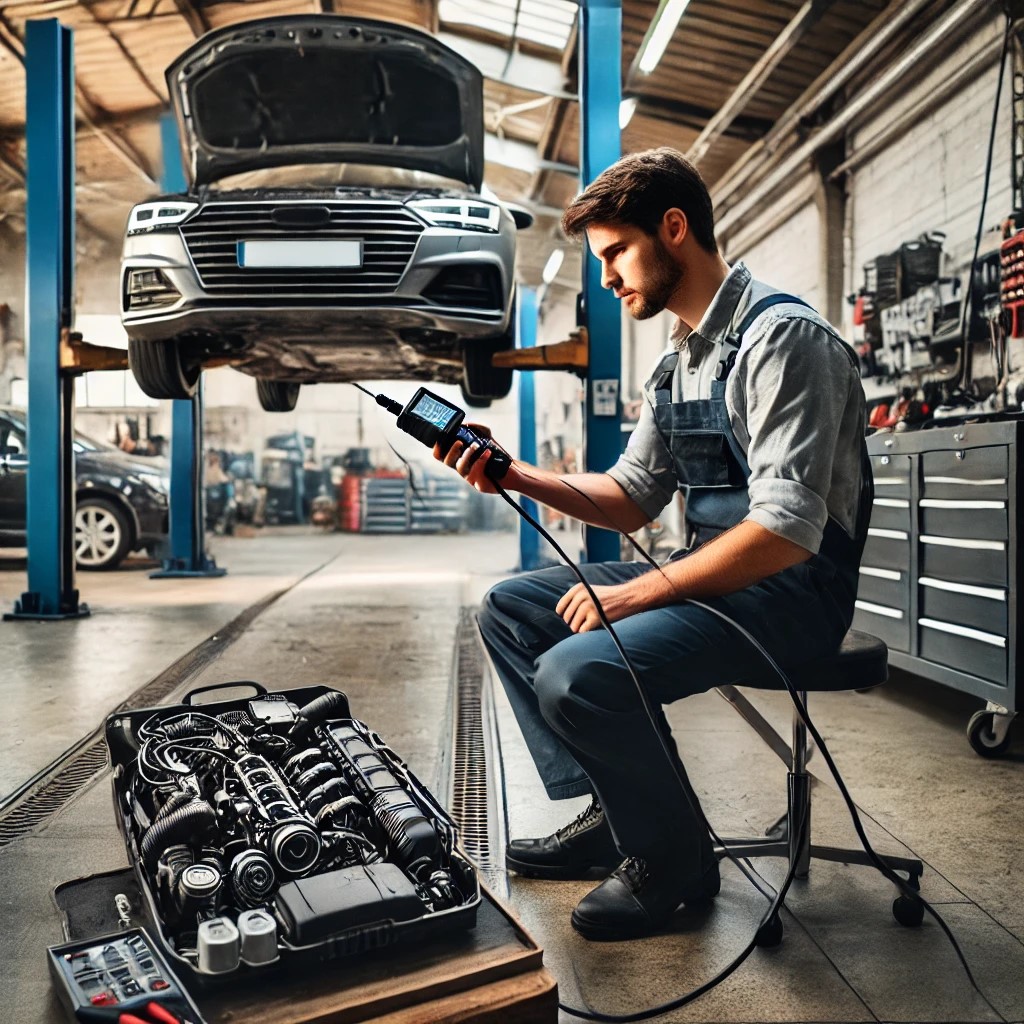Understanding the Essential Processes of a Vehicle Inspection
September 10, 2024Why Preventive Maintenance Is Essential for Long-Term Vehicle Health
September 16, 2024
The vehicle inspection process is integral to automotive safety, meticulously scrutinizing essential components such as the braking system, suspension, steering, tires, wheels, lighting, and electrical systems. Each aspect undergoes a comprehensive evaluation to verify that it meets stringent safety standards. This systematic approach not only identifies wear and tear but also uncovers latent defects that could compromise vehicle performance. Regular inspections serve as a preventive measure, facilitating timely repairs and maintenance. The implications of this process extend beyond immediate safety, influencing long-term vehicle reliability and accident prevention. However, what specific benefits arise from maintaining such rigorous standards?
Key Components Checked
The vehicle inspection process meticulously examines several critical components to ensure roadworthiness and safety. A comprehensive inspection begins with an evaluation of the braking system, including the condition of brake pads, rotors, and hydraulic lines, ensuring optimal stopping power.
Equally important is the examination of the suspension system, whereby shocks, struts, and control arms are scrutinized for wear and integrity to maintain vehicle stability.
The steering system undergoes rigorous checks to confirm that steering linkages and power steering components are functioning correctly, guaranteeing precise maneuverability.
Tires and wheels are inspected for tread depth, wear patterns, and proper inflation, as these factors significantly influence traction and handling.
The inspection extends to the lighting and electrical systems, where headlights, taillights, turn signals, and internal wiring are assessed for proper operation and compliance with safety standards. Additionally, the exhaust system is reviewed for leaks and emissions output, ensuring it meets environmental regulations.
Benefits of Regular Inspections
Regular vehicle inspections offer numerous benefits, significantly enhancing both safety and performance. At the forefront, they ensure that critical components such as brakes, tires, and steering systems are functioning optimally, thereby reducing the risk of accidents. Regular inspections also facilitate the early detection of potential issues, enabling timely repairs before they escalate into costly and complex problems.
From a technical perspective, routine checks can identify wear and tear that might compromise the vehicle’s efficiency. For instance, ensuring that the engine is running smoothly and that the exhaust system is free from leaks can greatly improve fuel economy and reduce harmful emissions. This not only benefits the environment but also aligns with stringent regulatory standards.
Furthermore, regular inspections contribute to the longevity of the vehicle. By maintaining the integrity of essential systems and components, they help avoid premature deterioration, thus extending the vehicle’s operational lifespan. This is particularly crucial for communities that value reliability and shared responsibility for road safety.
In conclusion, the vehicle inspection process is indispensable for maintaining automotive safety and performance by meticulously examining critical components such as the braking system, suspension, steering, tires, wheels, lighting, and electrical systems. Regular inspections not only identify potential issues before they escalate but also ensure timely repairs and maintenance. Can there be a more effective strategy to prolong vehicle longevity and reduce accident risks due to component failures? The importance of these inspections is unequivocal.
Prev article


